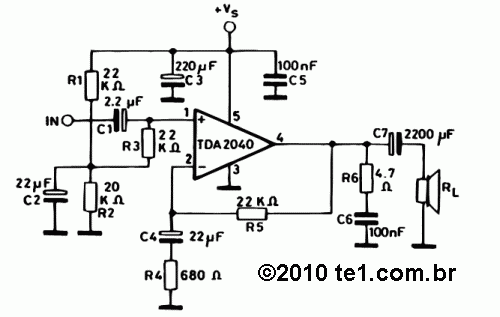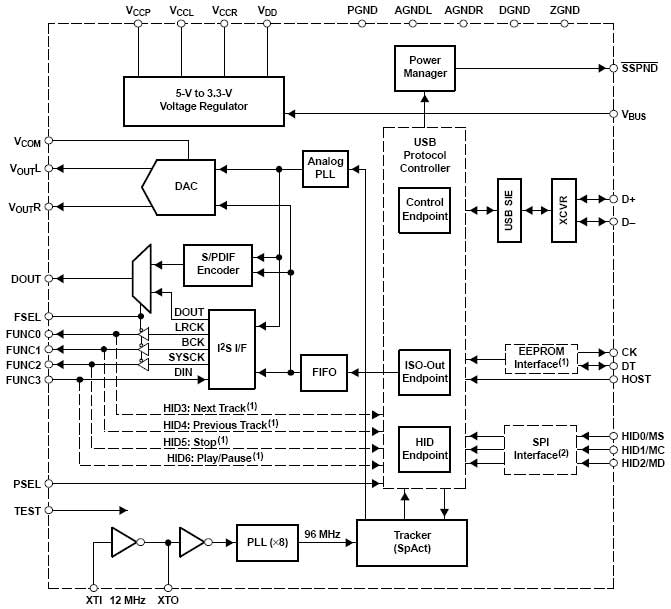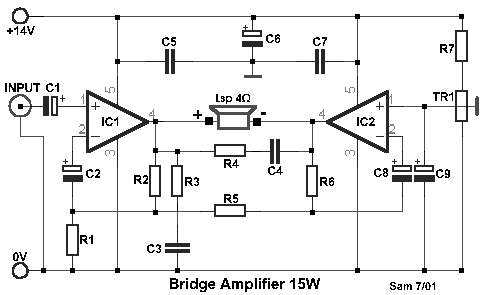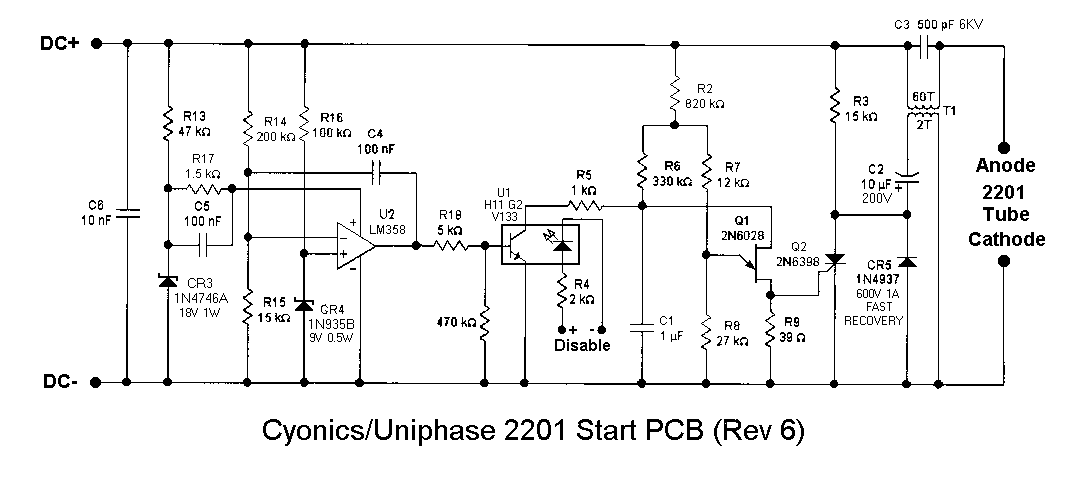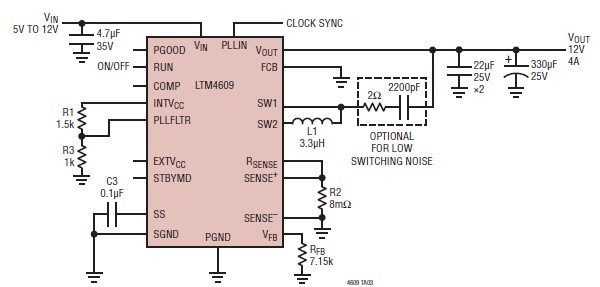
usb power supply with lm2575

Additional power supply for USB devices. Refer to the page for an explanation of the related circuit diagram.
The additional power supply for USB devices is designed to enhance the power availability for devices that may require more current than what standard USB ports can provide. This circuit typically includes a voltage regulator, a transformer, and various passive components to ensure stable and efficient operation.
The circuit diagram usually features a step-down transformer that converts the AC mains voltage to a lower AC voltage suitable for the USB power requirements. Following the transformer, a bridge rectifier is employed to convert the AC voltage into DC voltage. Capacitors are placed at the output of the rectifier to smooth the rectified voltage, reducing ripple and providing a steady DC output.
A voltage regulator, such as the LM7805, is commonly used to maintain the output voltage at a stable 5V, which is the standard operating voltage for USB devices. Additional capacitors may be included at the input and output of the voltage regulator to enhance stability and transient response.
The circuit may also incorporate protection features, such as fuses or resettable polyfuses, to prevent damage to the power supply and connected devices in case of overload or short circuits. Furthermore, indicator LEDs can be added to signify when the power supply is active.
Overall, this additional power supply circuit is essential for powering USB devices that demand higher current levels, ensuring reliable operation and safety.Additional Power Supply for USB Devices power supply. Go to that page to read the explanation about above power supply related circuit diagram. 🔗 External reference
The additional power supply for USB devices is designed to enhance the power availability for devices that may require more current than what standard USB ports can provide. This circuit typically includes a voltage regulator, a transformer, and various passive components to ensure stable and efficient operation.
The circuit diagram usually features a step-down transformer that converts the AC mains voltage to a lower AC voltage suitable for the USB power requirements. Following the transformer, a bridge rectifier is employed to convert the AC voltage into DC voltage. Capacitors are placed at the output of the rectifier to smooth the rectified voltage, reducing ripple and providing a steady DC output.
A voltage regulator, such as the LM7805, is commonly used to maintain the output voltage at a stable 5V, which is the standard operating voltage for USB devices. Additional capacitors may be included at the input and output of the voltage regulator to enhance stability and transient response.
The circuit may also incorporate protection features, such as fuses or resettable polyfuses, to prevent damage to the power supply and connected devices in case of overload or short circuits. Furthermore, indicator LEDs can be added to signify when the power supply is active.
Overall, this additional power supply circuit is essential for powering USB devices that demand higher current levels, ensuring reliable operation and safety.Additional Power Supply for USB Devices power supply. Go to that page to read the explanation about above power supply related circuit diagram. 🔗 External reference
